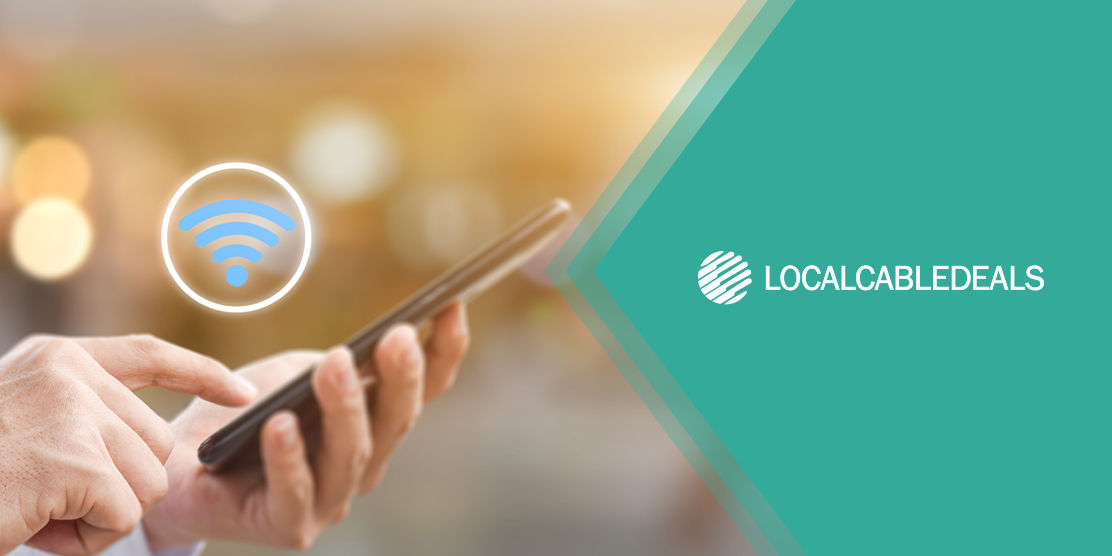Going about the world offline doesn’t work anymore. More than helping us to upload a fun status, the internet helps to navigate the outside world in many ways. But we can’t have home-like connectivity outside, right? Wrong. Behold Hotspots. Join us as we explore this facility in detail. Let’s dive in!
Introduction to Hotspots
Hotspots are a single access point 5G/4G wireless system providing WiFi connectivity. Many popular public spots like cafes, schools, and hospitals have them. Here’s how they work:
Cell towers transmit the radio data waves
Hotspot devices process and forward
Connected devices receive and utilize
It’s a simple technology and allows users to connect easily with their smart device’s WiFi features. Some may have password protection enabled to maintain security. As long as you have the right credentials and are nearby, hotspots and any WiFi service work.
Benefits to Enjoy with Hotspots
- Remote Accessibility in public spaces
- Convenient networking anywhere
- Allows users to save money on data
- Ensures productivity through connected devices
- A secure alternative to public WiFi
Types of Hotspots
Public/WiFi
Easy and hassle-free localized connectivity, which allows anyone in proximity to use the internet. These are exclusive to the installed space and may or may not be password-protected. As long as your devices have a WiFi feature, using these is no big deal. If you have security concerns for your Windows devices, select the relevant network type while connecting.
Mobile
Paired with a 4G/5G hotspot data plan, you can use your smartphone as a hotspot, eliminating the need for external options. Based on a selected speed or data bracket, you can tweak and manage your usage accordingly.
Portable
It acts as a personal router that has all the major features of a home WiFi router, except you can carry it around with you. It uses cellular service to provide internet access to all your devices.
Providers that Offer Hotspot Services
Xfinity, AT&T, T-Mobile, Verizon
| Provider | Availability | Cost and Usage | |
|---|---|---|---|
| Xfinity | 41 states | Free for Xfinity Customers | Learn More |
| AT&T | 21 states | Free for AT&T Customers | Learn More |
| Verizon | 9 states | Has both paid and free plans | Learn More |
| T-Mobile | Nationwide | Free for customers and students | Learn More |
While Xfinity and T-Mobile have a wider coverage map, you can also fine-tune hotspot usage on AT&T and Verizon. Depending on user preferences, any of these providers can prove to be a suitable service.
Things to Consider When Getting a Hotspot
- Hotspots are cheaper when bundled with a mobile plan; if you get one separately, you may be charged more
- Define your usage, frequency, devices, and your allocated budget
- Use the data smartly and efficiently to avoid wasting money and bandwidth
- Pick mobile hotspots over public ones since they offer better security
- When connecting to an external option, go for the ones you trust instead of heavily visited ones
- Choose providers with exceptional hotspot facilities to save bills and effort
And that brings us to the end. Hotspots sure are useful. With the right provider in mind, you can stay connected and secure remotely. We hope all this information leads you to the right place.
FAQ’s
What is the point of having a hotspot?
The idea is to stay connected outside your home or trusted networks. Mobile and WiFi hotspots allow users to work, stream, and browse online from anywhere with good bandwidth.
Do I have to pay monthly for a hotspot?
Some internet providers like AT&T and Xfinity offer free hotspots to customers. However, exclusively separate hotspot devices and plans are also available with brands like T-Mobile and Verizon.
Does a hotspot drain the phone battery?
Yes, hotspots do drain your phone battery. As the phone ensures data transmission to and from other devices, the functioning increases, which consumes more battery life.



